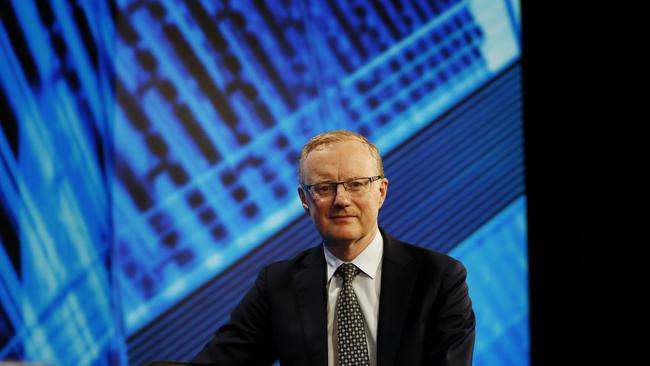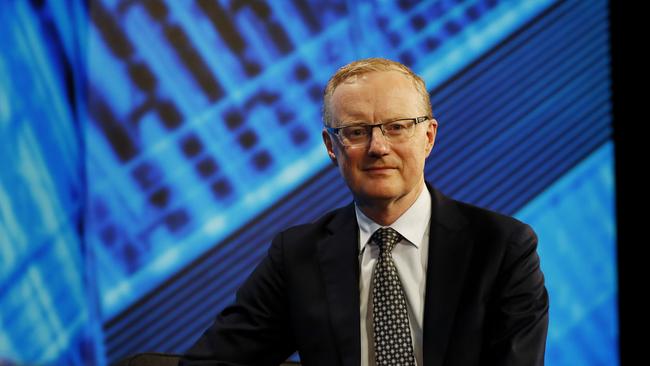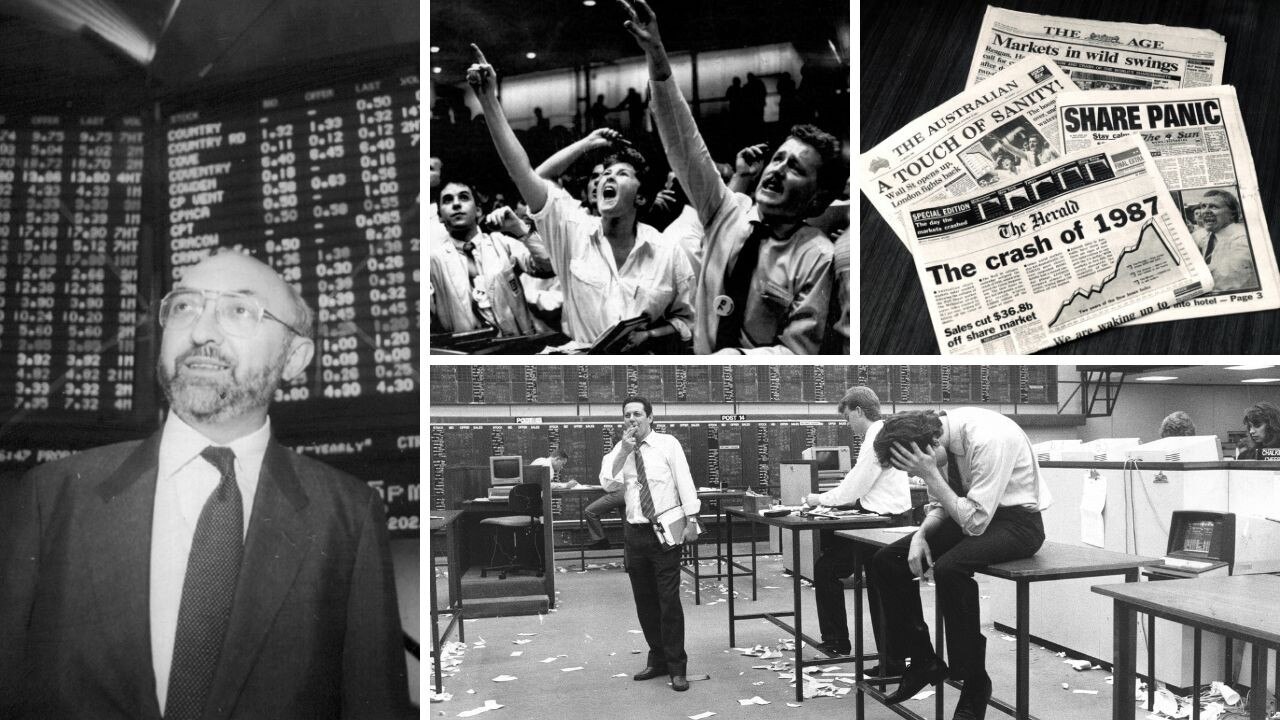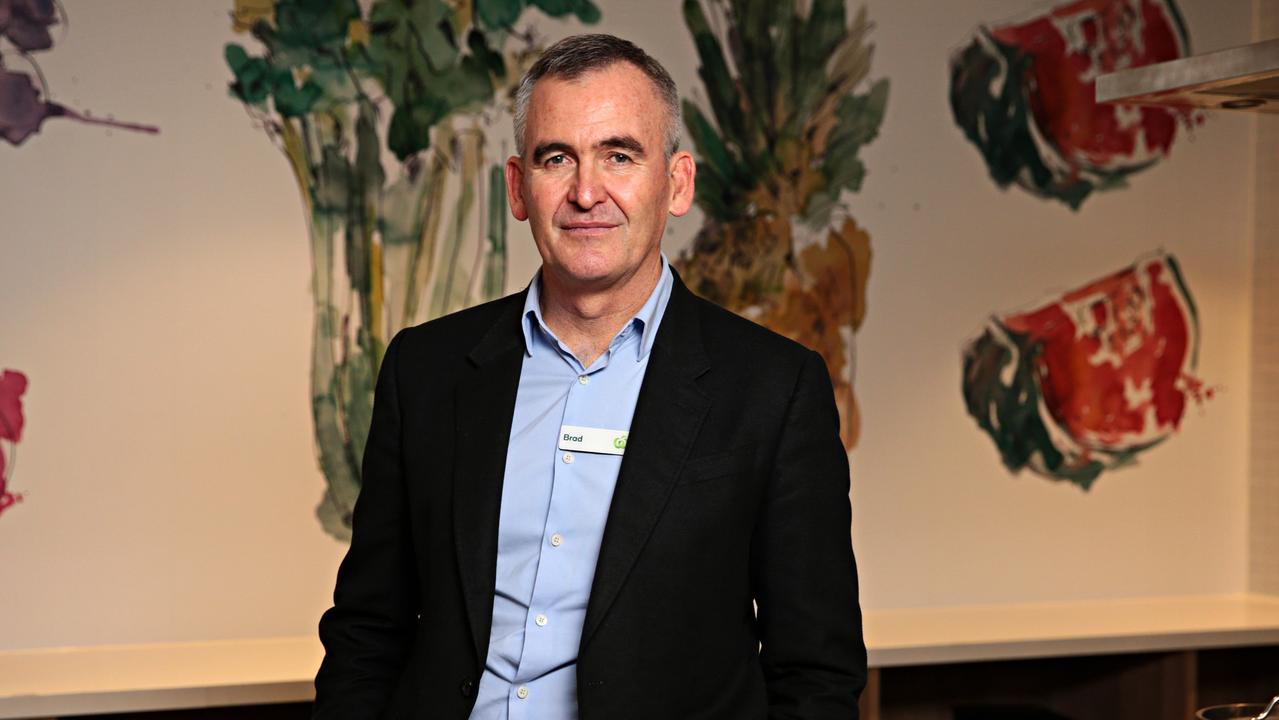Will the Reserve Bank of Australia have to hike interest rates earlier than expected?
The Reserve Bank was behind the curve in understanding the strength and speed of the economic recovery, raising concerns about the timing of the next interest rate hike.

Terry McCrann
Don't miss out on the headlines from Terry McCrann. Followed categories will be added to My News.
The Reserve Bank has been clearly and badly behind the curve in understanding how quickly and how strongly the economy has bounced back.
That raises a huge – indeed humungous – question: will it be too slow to raise interest rates; or alternatively, will it have to welsh on its promise not to raise them until 2024?
If push came to shove the RBA will “do its duty” – and that duty is above all, stopping inflation from breaking upwards, above the 2-3 per cent target range.
For the last few years – and now looking into the 2020s – the RBA has been concerned about getting it UP into that 2-3 per cent.
That’s essentially what drove all those interest rate cuts; although the RBA’s official rate is effectively at zero – just 0.1 per cent – more specifically from the combination of the last year’s global lock-down mandated recession and the US Fed cutting its rate to zero.
The thought process that has had – and still has – the RBA thinking, and indeed promising, it won’t lift from that near-zero 0.1 per cent for “at least three years” runs like this.
The economy has to sustain strong growth to soak up the jobless.
Until that happens and we get back to “full employment” – at or below a jobless rate of 4.5 per cent – we won’t see generalised wage rises of at least 3 and preferably 4 per cent a year.
Because until we see wages rising by more than 3-4 per cent, we won’t see inflation sustainably locked into the 2-3 per cent target range.
Further, RBA governor Philip Lowe has made it very clear he won’t be touching that rate lever at the first sign of inflation edging into the 2-3 per cent range.
He wants to see it firmly and sustainably there.

The key thing to understand about that is less explicit, and I have to add, less appreciated.
It very likely means the RBA will be willing to see inflation go – temporarily - above the 3 per cent.
That though brings us back to my question could it end up being too late with that first critical rate rise?
It all turns on how quickly the economy picks up steam and how quickly that flows into price and wage increases.
Back in November, the RBA forecast gross domestic product would shrink by 4 per cent over 2020 (from its previous December 2019 quarter peak).
The RBA was badly underestimating the strength of the bounce-back – essentially because it did not realise Victoria, one-quarter of the national economy, was going to act like a super-charger, coming out of its one-off lockdown.
The economy did not shrink by 4 per cent over 2020 but only by 1 percent.
Yet, in its February 2021 “forecast” of 2020, the RBA was still predicting a 2 per cent decline.
So has the RBA now caught up?
The question is best answered by looking at RBA forecasts over the two years, from that pre-virus December 2019 quarter to the end of 2021.
Last November it was forecasting growth of just 1 per cent over the two years and a jobless rate still at 6.5 per cent at end-2021.
In February, it upped its forecasts slightly to 1.5 per cent for growth a jobless rate at 6 per cent.
Now, it has dramatically upped those two-year growth forecasts to nearly 4 per cent for growth and an end-2021 jobless rate of 5 per cent.
Yes, it’s made a huge jump to try to catch-up; it’s even gone close to admitting it will get ‘there’ - having to raise rates - before 2024.
Previously it said it did not “expect” to get there before 2024; this statement said it was “unlikely” to get there; a small but significant shift.
But I have to feel it’s probably still behind the curve on both - the strength of the economy and when it will have to hike.
Originally published as Will the Reserve Bank of Australia have to hike interest rates earlier than expected?



